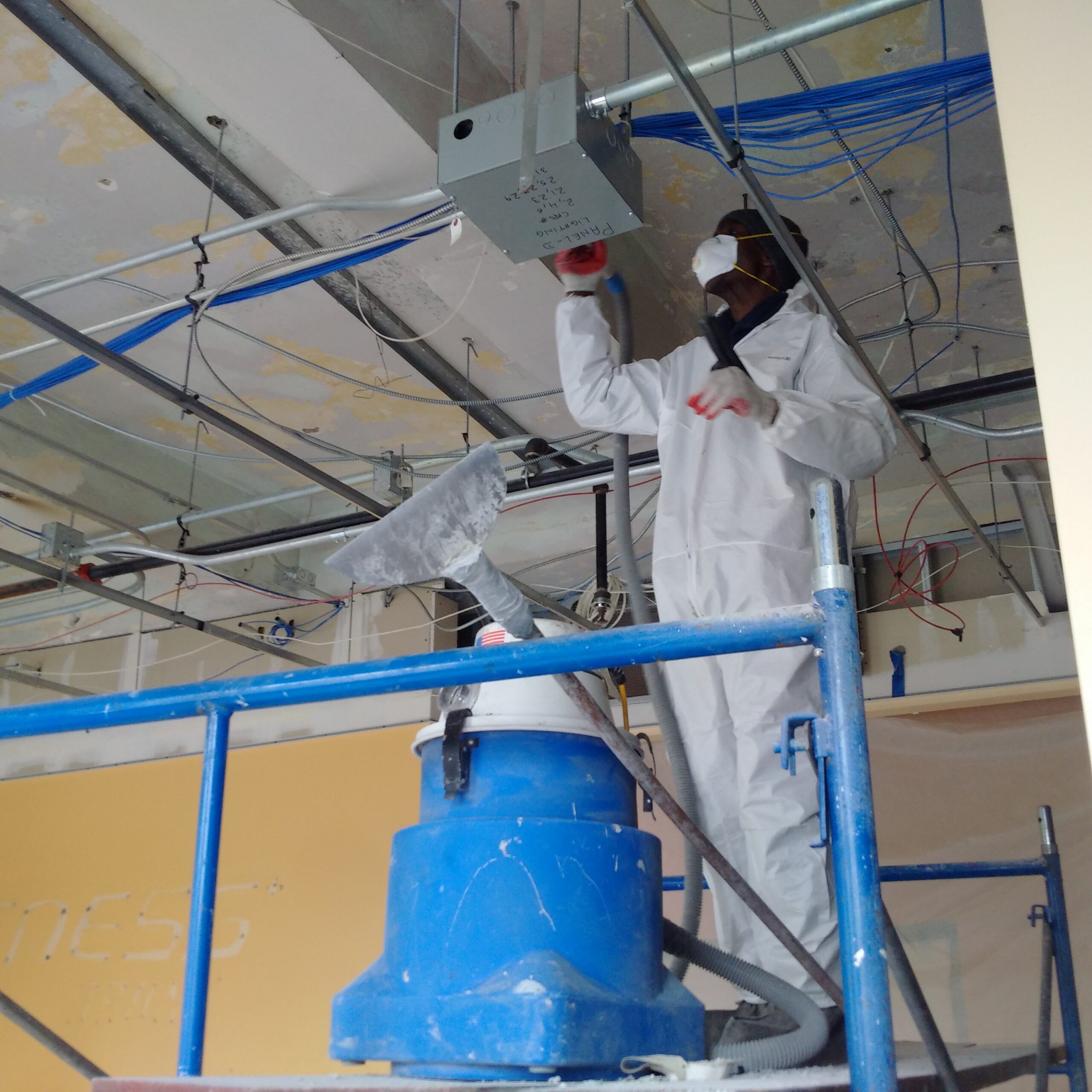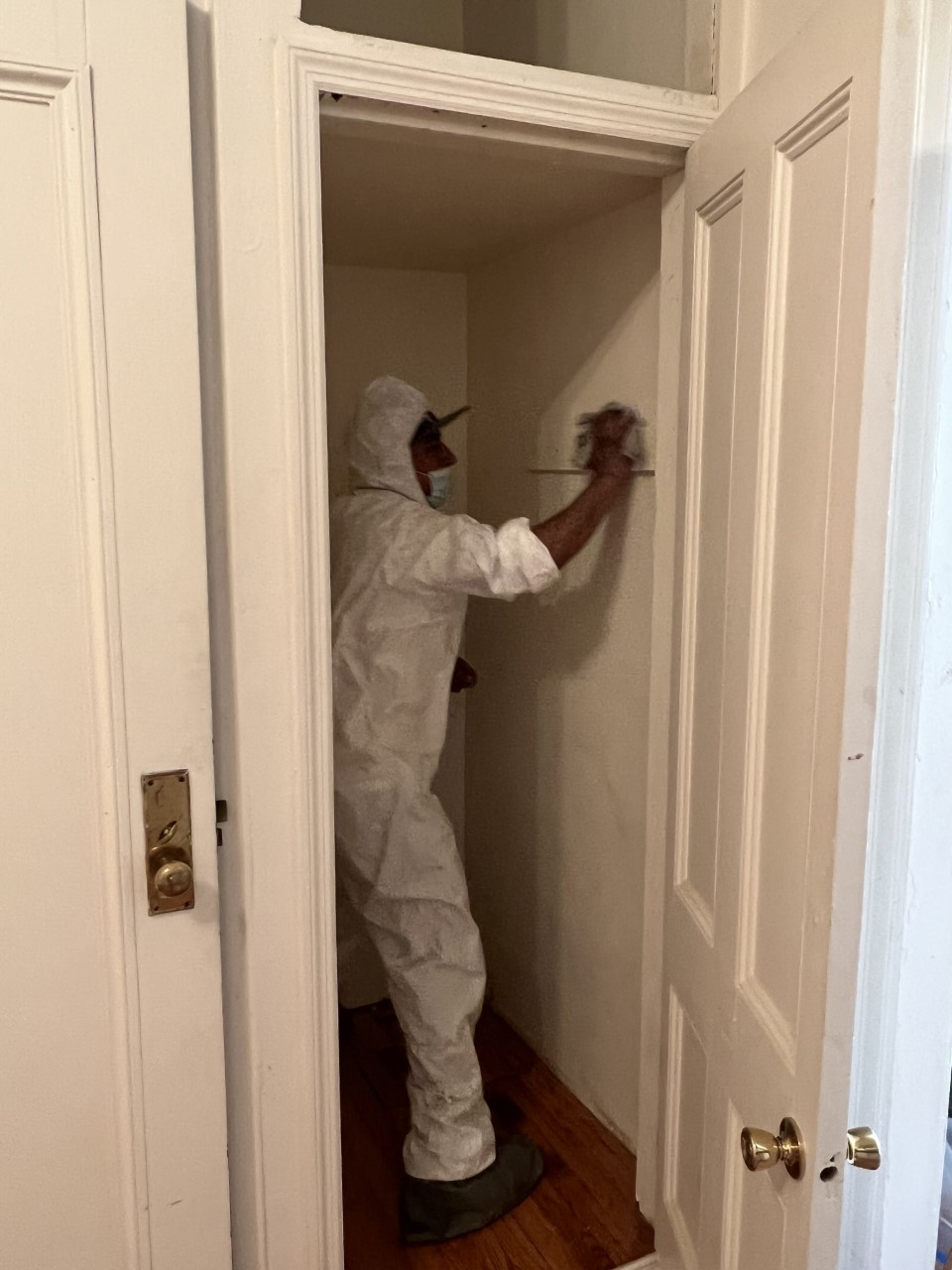Trusted DOH & HPD Lead Violation Removal in NYC-- Safeguard Your Home
Trusted DOH & HPD Lead Violation Removal in NYC-- Safeguard Your Home
Blog Article
Step-by-Step Process for Successful Lead Offense Removal
Resolving lead violations demands a meticulous and structured method to make sure both safety and governing conformity. The journey starts with the exact detection and assessment of contamination sources, making use of sophisticated diagnostic tools. Following this, adherence to federal and state regulations is extremely important to developing a reliable remediation plan. Such a plan needs to information the certain methods and timelines for activity. The actual remediation needs proficient personnel to carry out these strategies while purely following safety methods. What takes place after the remediation is finished? The answer lies in recognizing the essential post-remediation methods that guarantee long-term security and neighborhood health.

Detection and Assessment
Discovery and analysis are important actions in the remediation of lead violations. To make sure an efficient remediation process, it is necessary to carry out an extensive assessment of the setting where potential lead exposure exists. The first phase of detection entails recognizing sources of lead contamination, which can be discovered in paint, water pipelines, dirt, and dust. Utilizing innovative diagnostic devices such as X-ray fluorescence (XRF) analyzers and atomic absorption spectroscopy (AAS) can offer precise measurements of lead concentrations.
This includes assessing the extent and severity of contamination, as well as identifying populaces at danger, especially kids and expectant females. The gathered data should be meticulously documented to sustain the development of a reliable remediation technique.
Additionally, it is necessary to focus on locations with the highest degree of contamination and those that position the best wellness threats. Effective communication with stakeholders, consisting of home owners, homeowners, and public health and wellness authorities, is critical for making sure that all events are informed concerning the findings and the subsequent actions needed for remediation. This preliminary discovery and analysis stage lays the groundwork for a successful lead infraction remediation process.

Legal and Governing Conformity
Browsing the landscape of legal and governing conformity is an essential element of effective lead infraction remediation. Conformity ensures not only the safety and security of affected populaces but also the integrity and legal standing of the company accountable for removal.
State and local guidelines can differ, usually enforcing added obligations or more stringent criteria. Consequently, a comprehensive understanding of all relevant legal frameworks is essential. This includes meticulous paperwork of all removal tasks to show compliance. Failing to follow these regulations can result in severe penalties, consisting of large fines, lawsuit, and reputational damages.
Engaging legal specialists focused on ecological regulation can promote browsing these complexities. Regular training and qualification for all workers entailed in the remediation procedure are additionally obligatory to ensure adherence to safety and security and governing criteria. By focusing on lawful and regulative conformity, companies can successfully reduce threats and achieve an effective remediation outcome.
Preparation the Remediation
Successfully planning the removal of lead infractions starts with an extensive analysis of the polluted site. This data-driven approach ensures that remediation efforts are appropriately targeted and effective.
As soon as the contamination is mapped, a danger evaluation need to be carried out to assess possible wellness dangers to human beings and the environment. Lead Violation Removal in NYC. This analysis should take into consideration aspects such as direct exposure paths, population vulnerability, and ecological influences. The understandings gathered will create the basis for choosing an ideal removal technique
Ultimately, establishing clear, attainable goals for the remediation project is important. These purposes should align with regulatory requirements and stakeholder assumptions to make sure conformity and neighborhood acceptance. Establishing a thorough removal strategy that describes approaches, timelines, and resource allowance will facilitate an organized strategy to the cleanup process.
In addition, it is vital to engage with stakeholders early and preserve transparent interaction throughout the preparation stage. This includes educating neighborhood neighborhoods, acquiring needed licenses, and collaborating with regulative firms to ensure all legal and step-by-step demands are satisfied. A well-crafted removal plan not just addresses the contamination effectively but likewise develops count on and teamwork amongst all parties included.
Executing the Remediation
With a well-structured remediation strategy in position, the focus moves to the actual implementation of the removal my review here activities. This phase entails activating the needed resources, consisting of proficient personnel, customized tools, and premium materials. Begin by clearly delineating roles and responsibilities to ensure accountability and smooth coordination among group participants.
This consists of establishing up control areas to protect against lead dust and debris from spreading, as well as utilizing air purification systems to maintain air high quality. Use methods such as wet scratching, chemical removing, or encapsulation, depending on the seriousness and area of the contamination.
Throughout the remediation process, conduct periodic evaluations and air quality keeping an eye on to guarantee compliance with regulatory standards. Effective communication with stakeholders, consisting of homeowner and passengers, is important to maintain them educated of progress and any type of unforeseen Homepage developments. By meticulously adhering to these actions, the remediation tasks can be performed efficiently and effectively, eventually mitigating lead dangers.
Post-Remediation Techniques
Post-remediation techniques play a crucial function in ensuring the long-term success of lead infraction removal initiatives. These approaches incorporate ongoing surveillance, maintenance, and community education to prevent future lead exposure and make sure a safe environment.
First, normal surveillance is necessary. This involves periodic testing of the formerly affected locations to ensure that lead degrees remain within safe limits. Homeowner must establish a routine for these examinations, preferably in partnership with certified environmental specialists.

Third, educating the area plays a pivotal role in maintaining the benefits of remediation. anonymous Citizens and home supervisors ought to be notified concerning the dangers of lead exposure and the most effective methods for maintaining a lead-safe setting. Workshops, educational pamphlets, and neighborhood conferences can be reliable devices for sharing this info.
Final Thought
Successful lead offense remediation requires a thorough, organized strategy encompassing detection and evaluation of contamination, adherence to legal and regulative criteria, precise planning, and effective execution of removal efforts. Post-remediation strategies, consisting of continual monitoring and area education and learning, are necessary to sustain a lead-safe environment. Partnership with ecological specialists guarantees continuous conformity and defense of public health. This methodical procedure underscores the value of thoroughness and caution in attending to and reducing lead contamination.
Report this page